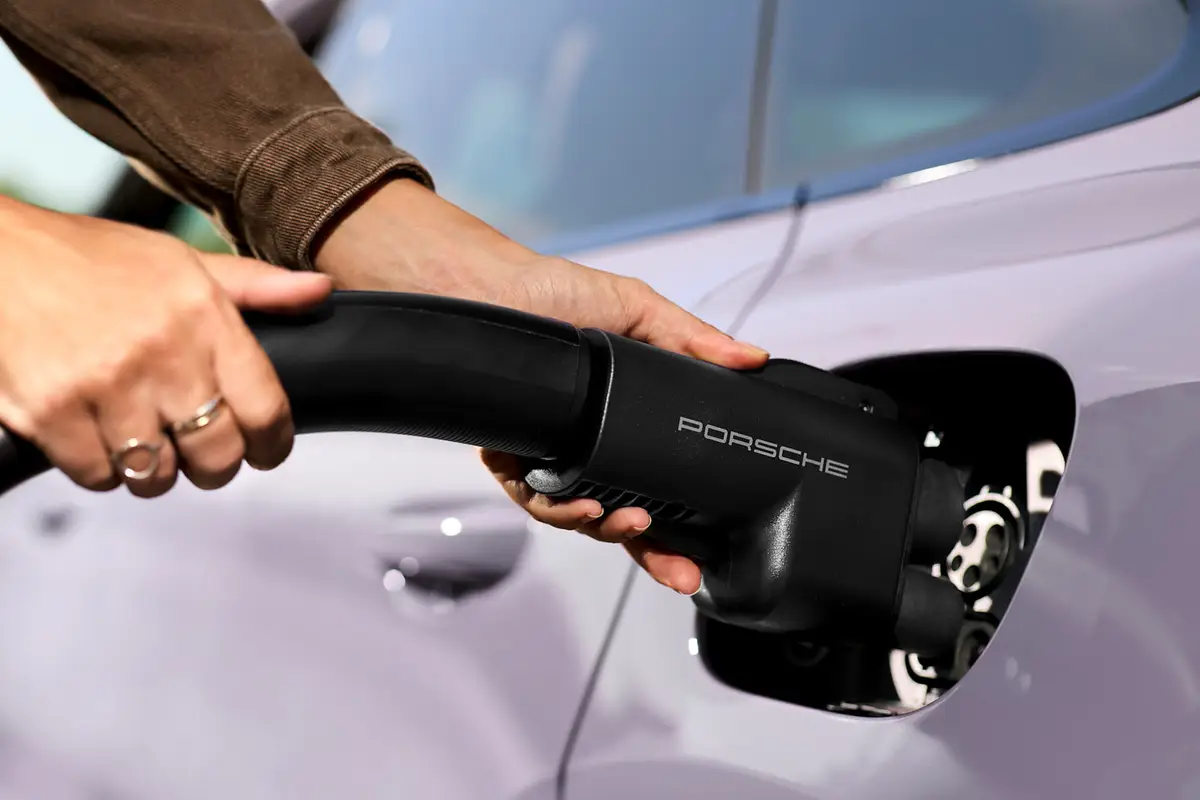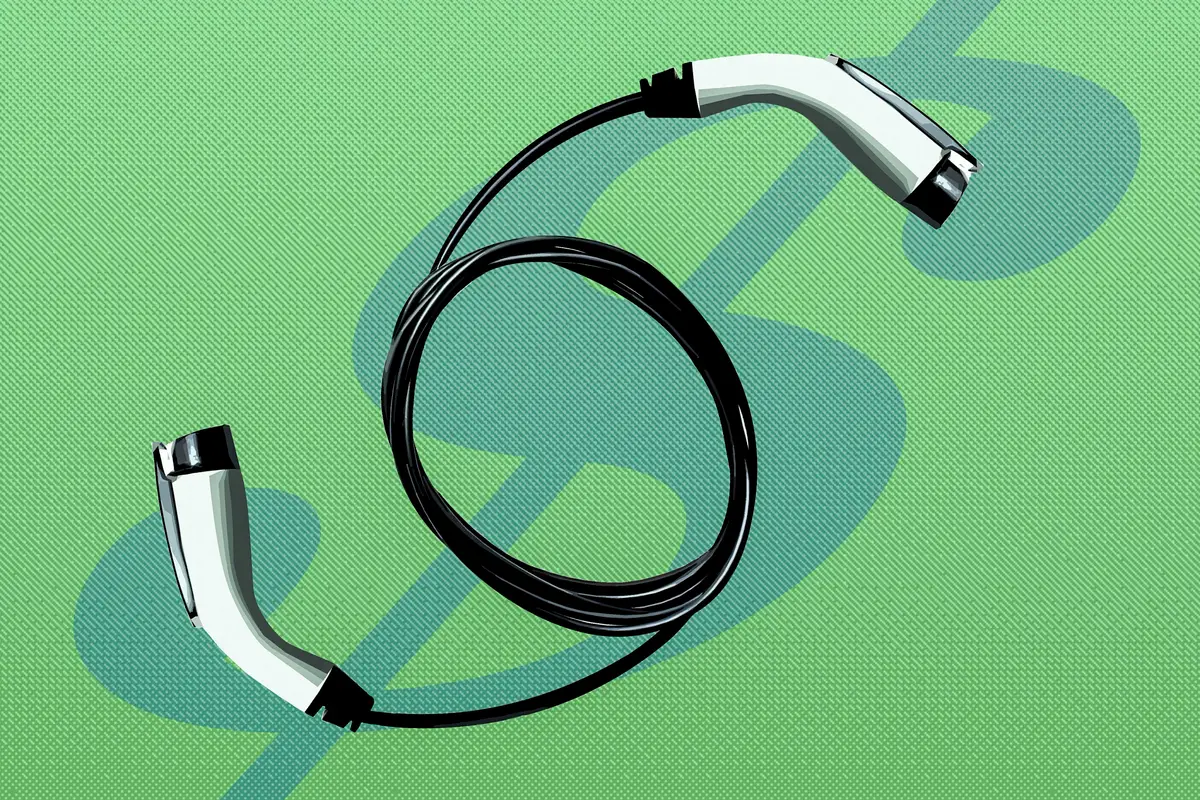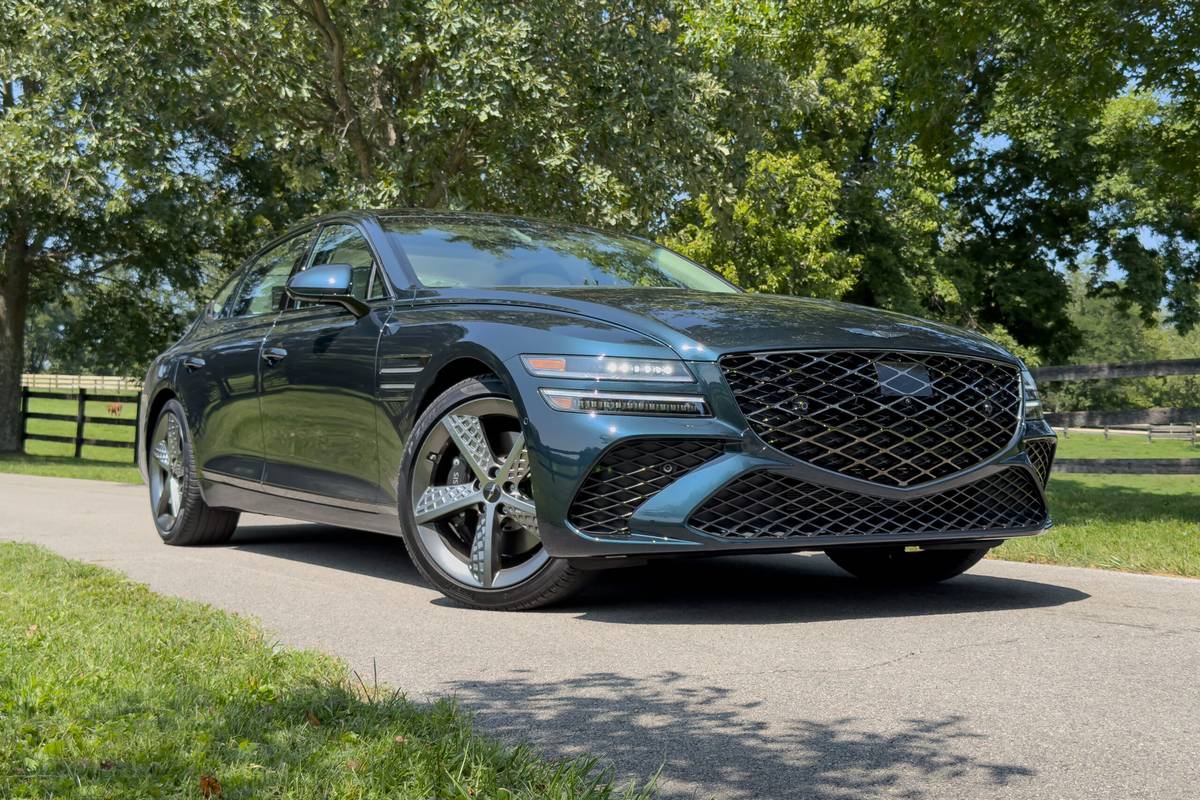The Morning Call and Mcall.com's view
With all of the small pickup trucks on the market these days, one may wonder what happened to the big pickup. Have no fear. Despite the increased popularity of the small trucks, the full-sized pickup is alive and thriving. In fact, this week’s test vehicle – the Ford F-150 Flareside – is a member of the F-series conventional light pickup truck family that was the best selling nameplate in the country last year.
And, not only that, according to R. L. Polk & Co. (a firm that comes up with all kinds of automotive statistics) the Ford F-Series was the best selling nameplate for the past seven years. The F-Series is a big family with a number of trucks in both two and four-wheel drive. Although statistics don’t show it, most of these trucks are used as work vehicles. However, quite a few are used for personal transportation
The test vehicle, with its sporty trim, many options and ”old-fashioned” pickup box, was the ultimate personal pickup truck. Just one look and you know that no one would buy a truck like this just to haul the garbage to the dump. Most owners probably would not even wear dirty work clothes in this truck. Maybe hunting clothes, maybe fishing clothes, maybe L.L. Bean country chic clothes, but definitely nothing as mundane as work clothes.
Who would buy a truck like this? I don’t know. I gave up trying to match cars to people several years ago. But I will venture to say that person would have an interest in the outdoors or just would be looking for something a little offbeat to drive. I’ll say one thing, though, the bright red test vehicle certainly did attract some attention. Not as much as, say, a red Ferrari or red Jaguar, but more than your run-of-the-mill pickup.
Besides the color, what really set aside the test vehicle was its ”Flareside” styling. This is a throwback to older days when pickup trucks had fenders and relatively small pickup boxes. Most of today’s pickups, including most Fords, have straight sides and eight-foot boxes. The Flareside’s box is only six-and-a-half-feet long and relatively narrow. Also, the tailgate uses the old chain-and-hook setup to secure it instead of the more modern center latch. The fenders are just great. They’re big and wide with plenty of room to sit on – that is, if you are inclined to do such things. If all of this sounds to you like the F-150 Flareside is a big toy, you’re not too far from being wrong.
Basic dimensions for the Flareside include a 116.8-inch wheelbase; overall length, 189.3 inches; width, 77.17 inches; height, 70.12 inches, and curb weight, 3,412 pounds. This makes the vehicle very wide, very high but fairly short. Although the Flareside has a much different look from that of the straight-sided F-150 (known as the Styleside), the cab dimensions are the same – which means it is big inside.
Just how big? Head room measures 40.4 inches; leg room, 41 inches; hip room, 61 .7 inches, and shoulder room, 64.5 inches. This means that three big men can be seated on that wide bench without infringing on each other’s turf. Or, two adults and two children can be moderately comfortable. One drawback to the latter arrangement, however, is the fact that the Ford offers only three seatbelts. The new Pennsylvania laws mandate that all youngsters be belted in – and you should never try to get two people into a single belt, according to safety experts.
The one drawback of all conventional cab pickups is storage space for personal items. There is some room behind the seat for small things but everything else will have to be thrown in the box. Many pickups used for personal transportation have box caps installed to provide sheltered storage space. The Flareside’s styling, however, lends itself very well to a tonneau cover, which would not only provide some protection, but blend in with the truck’s sporty look.
The interior of the test ve icle was as well equipped as any passenger car. The seat was done in a nice cloth material and there was a padded cloth headliner. The floor, however, was covered not with carpeting but with rubber matting. This meant you could not only be sporty but sloppy as well. Some of the optional equipment included air conditioning, power windows, power door locks, AM-FM stereo, sports instrumentation, digital clock, cruise control and tilt steering wheel. Definitely a couple of notches above your standard ”good ole boy” pickup.
Since it was equipped with power steering, power brakes and automatic transmission, the test vehicle was very simple to drive. And, like other full- sized pickups, it sat high and gave a good command of the road. Because of its very light payload – 1,385 pounds or a gross vehicle weight rating of 4,800 pounds – the test vehicle rode very well – not quite as comfortably as a passenger car but certainly very well for a pickup. (All other F-Series pickups have higher payload ratings. In fact, the F-350 goes as high as 5,730 pounds with a gross vehicle weight rating of 10,000. But, that’s a real work vehicle.)
Also helping out with the ride is Ford’s Twin-I-Beam independent front suspension. With this setup, each wheel has its own forged I-beam axle and separate coil spring. An added feature with the F-150 is lubed-for-life ball joints. Rear suspension is typical pickup truck leaf springs.
The F-150 is not a bad-handling vehicle. Or, let’s say, it handles better than most people would expect. It is by no means nimble but it can hang in on sweeping curves. Like other pickups, the rear end has very little weight which means the back wheels break free without too much effort. Fortunately, it only takes a little flick of the steering wheel to get it back on a straight line. Traction on the test vehicle was helped out considerably by big fat P235/75R all-terrain tires. These tires, though, really squealed on hard braking. Now I’m not talking about panic braking but hard normal braking, such as when you have to slow down quickly when someone pulls out in front of you.
One thing the F-150 Flareside has is plenty of engine choices. The standard engine is a 300 cubic inch (4.9-liter) inline six that is rated at 120 horsepower at 3,000 rpm and 250 foot pounds torque at 2,000 rpm. This engine should satisfy most drivers for performance. The test vehicle, however, was equipped with an optional 302 cubic inch (5-liter) V-8 with two-barrel carburetor. This engine produces 145 horsepower at 3,400 rpm and 250 foot pounds torque at 2,200 rpm and provides good performance for all Lehigh Valley driving conditions.
This engine was introduced earlier in the model year and will be replaced by the 302 EFI (electronic fuel injection) version during the rest of the year. The EFI V-8 pumps out 190 horses and should really be awesome. But if you want to get even more awesom e, there’s the 351 (5.7-liter) V-8 H.O. that is rated at 210 horsepower. Either the 302 EFI or 351 H.O. will turn the F-150 into one of the best performance vehicles of the year.
But the test vehicle’s two-barrel 302 V-8 and three-speed automatic transmission performed quite satisfactorily. Fuel mileage, however, gave a quick reminder that despite its sporty appearance, the F-150 Flareside is still a truck at heart. City driving averaged out to about 12 miles per gallon while highway mileage came to 18 mpg.
Base price for the test vehicle was $7,962. Standard equipment included just about what was necessary to drive it off the dealer’s lot. The test vehicle, as mentioned, was very well equipped and had a total price of $13,005.70 – the base, a destination charge of $500 and some $4,500 worth of options. This is not a bargain basement vehicle, but if you like to play with toys be prepared to pay.
Latest news



